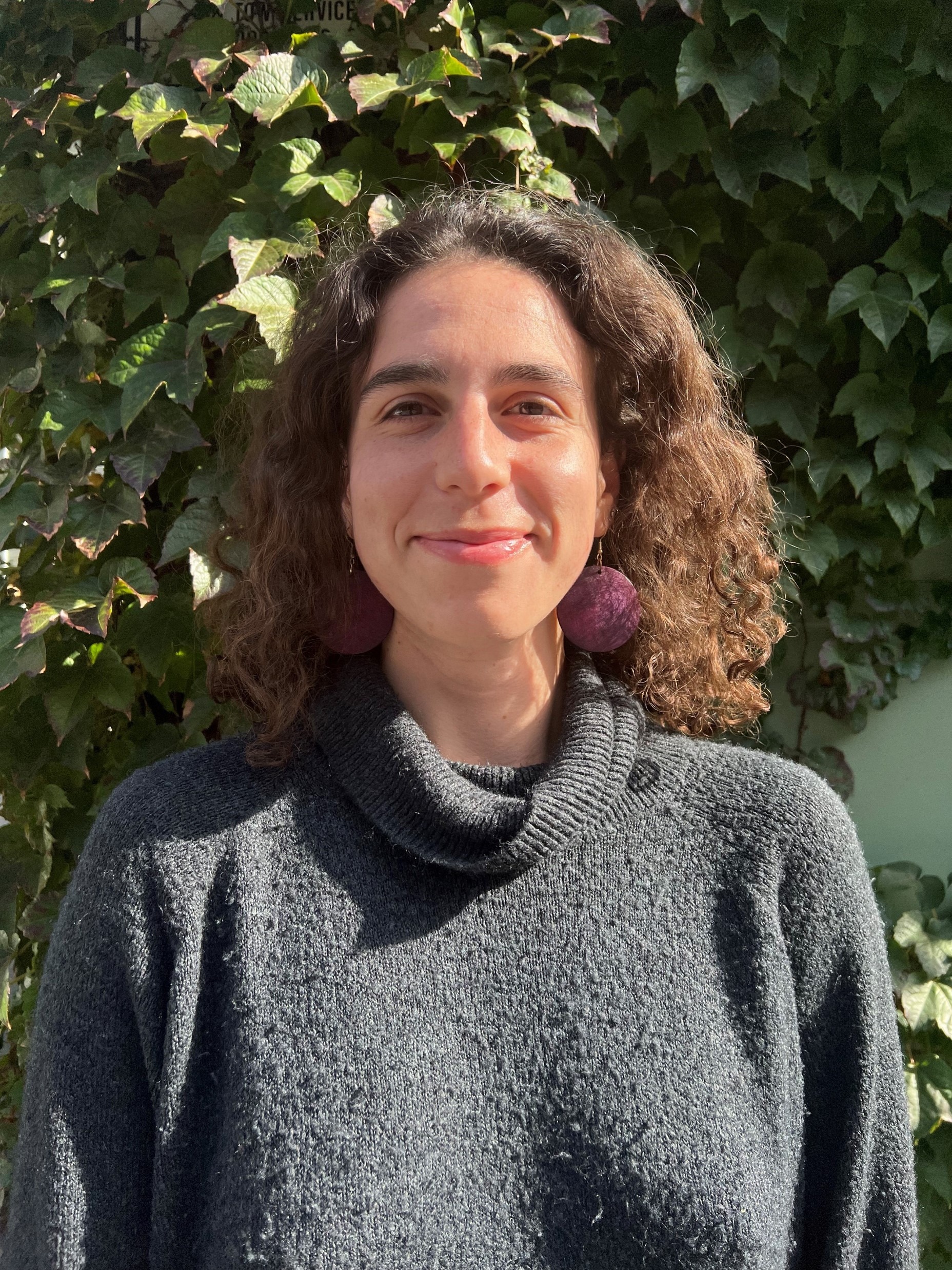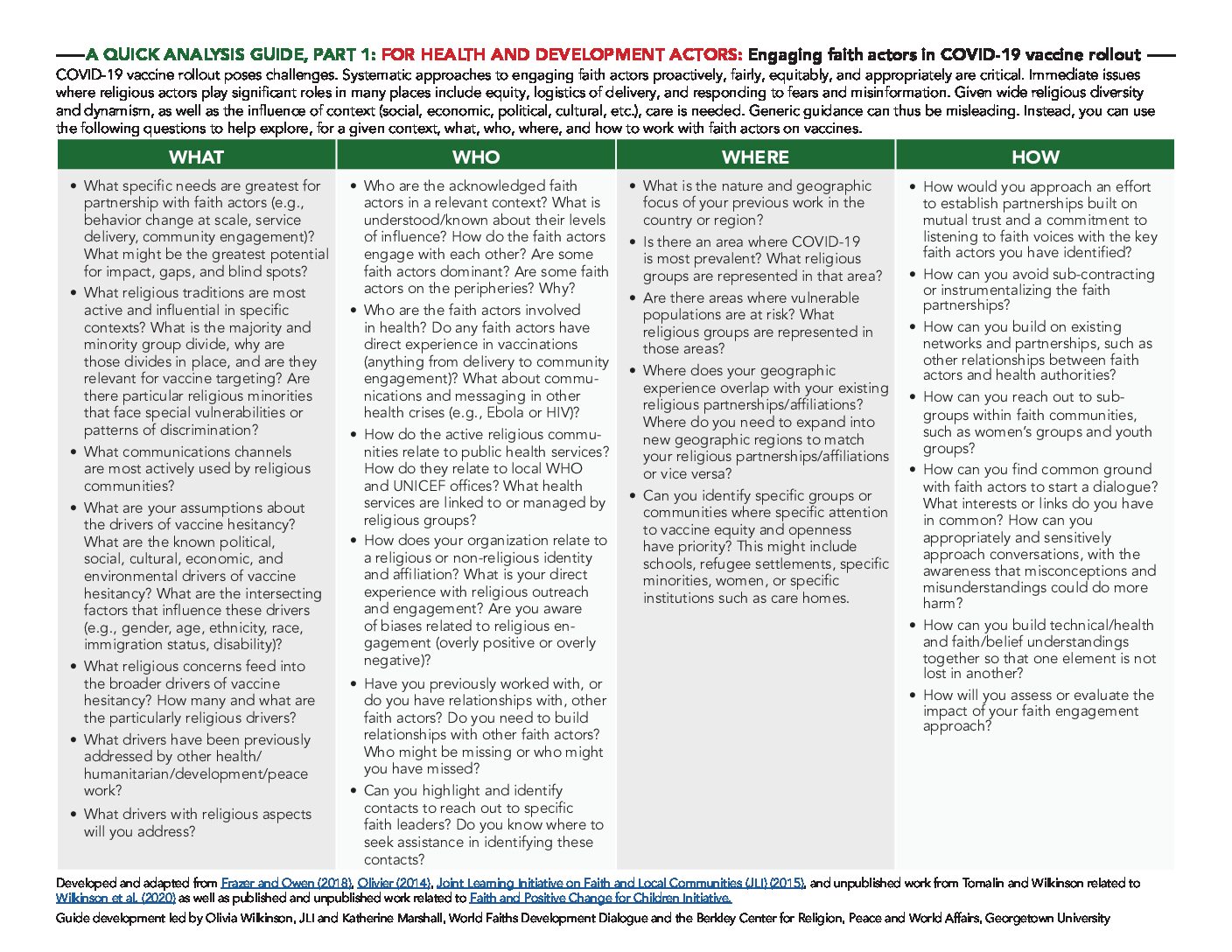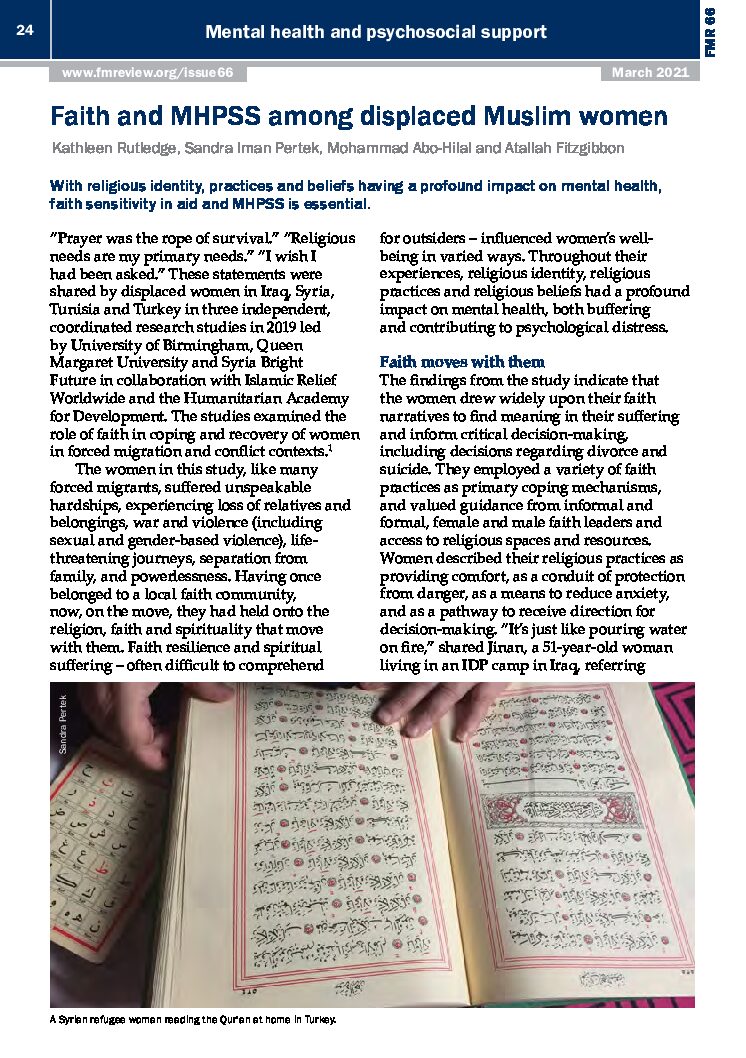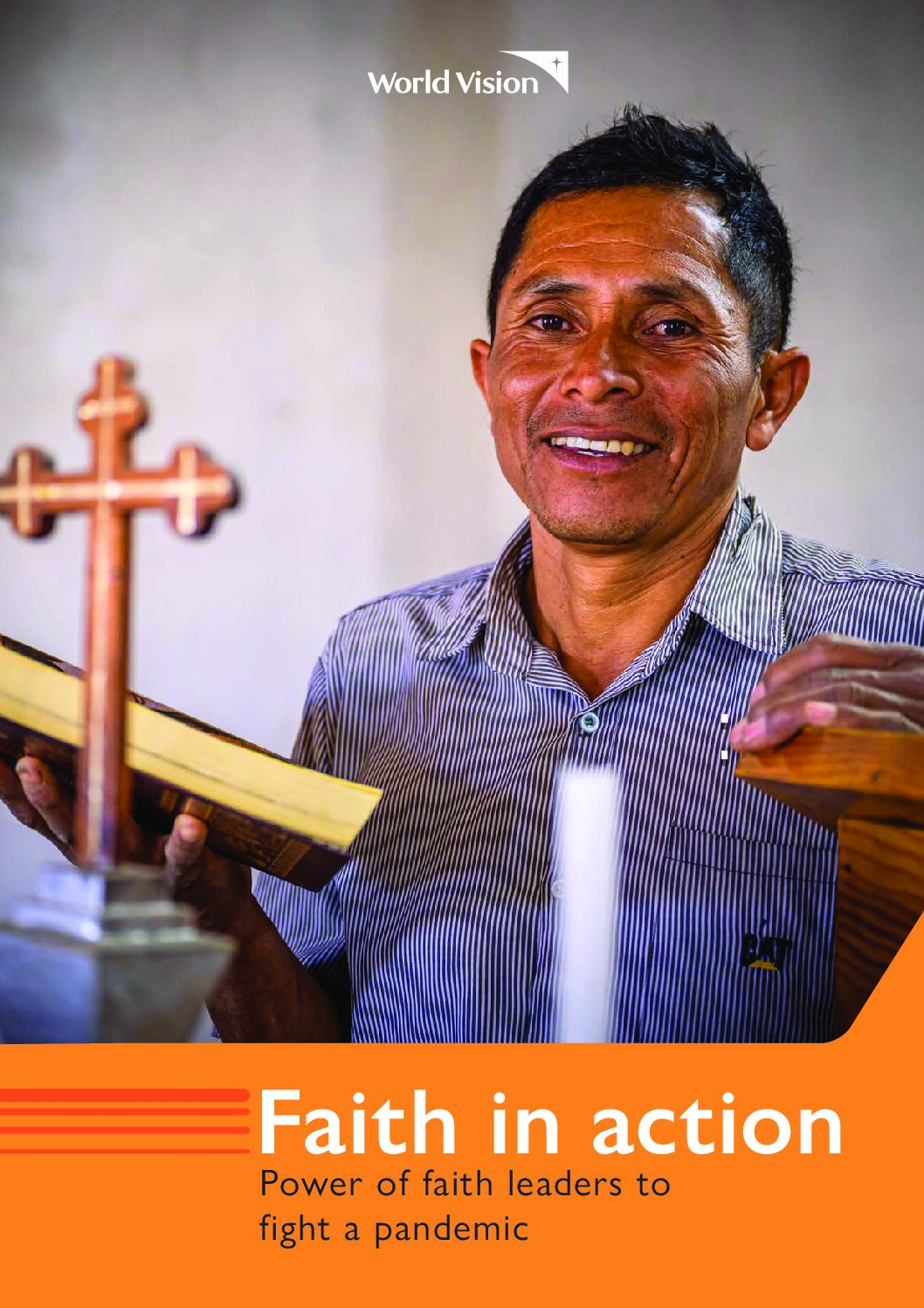The Meaning of Enlightenment: Education in Dharma Drum Mountain
Naomi Fastovky
Harvard Divinity School ’23

This blog post is the third piece in a five-part series on Taiwanese Humanistic Buddhism, written by Naomi Fastovsky as part of her Religion and Public Life Capstone Project at Harvard Divinity School, co-supervised by JLI. Read the first blog here. The second blog, on the Taiwanese Buddhist organization, Foguangshan, can be found here.
Summary: This blog post discusses the Humanitarian Buddhist organization Dharma Drum Mountain as a way to look at the overlap between education and humanitarian work. In the end, it argues for understanding and taking seriously Buddhist soteriology.
Sheng Yen (Shengyan聖嚴) was born in 1931in Jiangsu province in China, entering a monastery at thirteen. By 1946, he had joined a seminary established by one of Tai Xu’s students and began to encounter Tai Xu’s version of modernized Buddhist education. In 1949, Sheng Yen left for Taiwan following the establishment of the PRC. There he continued his studies and eventually inherited a monastery in 1978, which in 1989 he relocated, expanded, and named Dharma Drum Mountain (Fagushan 法鼓山). Although Sheng Yen passed away in 2009, Dharma Drum is still active and appears not to have strayed from his vision.
In comparison to Foguangshan, Dharma Drums advocate explicitly for a Humanistic Buddhism—in his definition, a “Buddhism that belongs to the human realm”—similarly offering various opportunities for retreats, mediation, and lectures for the laity, but placing a much heavier emphasis on environmentalism and education. Both of these concepts are a Buddhist play on the salience of these words in the modern world. Thus, Sheng Yen extended the normative notion of natural environmental protection to a more expansive definition including social, living, and, most importantly, spiritual environmental protection. His version of education further moves beyond academics to include caring services and public outreach, subsuming disaster relief, community mutual aid, and other charitable activities under its umbrella.
Therefore, in Dharma Drum, humanitarian work meets Humanistic Buddhism as a type of education. Education in the academic sense is an important practice for all of the organizations discussed in this blog; all three have universities, which make large contributions not only to the academic study of Buddhism, but also other fields as well. Tzu Chi in particular stands out for its school of medicine. Yet, education beyond the classroom as practice is also important to all three organizations, who often frame their humanitarian work as a type of Buddhist teaching.
In fact, education has a long history in Buddhist soteriology, which in many traditions highlights ignorance, or lack of knowledge (understood conceptually, but also in an experiential sense) about the true reality of things, as the source of all human dissatisfaction and suffering. To save people from suffering, therefore, one must illuminate them to this true reality—to educate them in the Dharma, or teachings of the Buddha, an education whose shape is extremely diverse among Buddhists. The varieties of Taiwanese Humanistic Buddhism tend to draw on the Chinese Buddhist milieu, itself a complex mix of various Chinese Buddhist traditions, to suggest ways of educating people in the Dharma within a modern context. Hence, Tai Xu, pulling from these many schools of thought, imagined escaping suffering by reforming society from within to build a pure land on earth (renjian jingtu 人間淨土), which later influenced Sheng Yen, Hsing Yun, and Cheng Yen, the three founders of the organizations at hand.
Sheng Yen similarly referred to a Buddhist soteriological notion of salvation through education and building a pure land on earth but deliberately reframed such initiatives within a modern context, tapping into recent discourses in education and environmentalism. Thus, as we saw with Foguangshan, there is much potential for Dharma Drum’s Buddhist teachings to overlap with humanitarian work, yet this does not mean that the parts of Buddhist soteriology that do not resemble humanitarian work should be overlooked; to underestimate it is to pejoratively not take many of the foundational elements of Buddhism seriously. In the end, we must always ask, are we taking the varieties of Buddhism seriously on their own terms, or the terms of what a modernizing narrative wants them to be?
Further Reading
Carrithers, Michael. The Buddha: A Very Short Introduction. Vol. 41. Very Short Introductions. Oxford ; New York: Oxford University Press, 2001.
Dharma Drum Mountain Global Website. “About DDM,” 2020. Dharma Drum Mountain Global Website. https://www.dharmadrum.org/portal_b8_cnt.php?&folder_id=7.
Dharma Drum Mountain Global Website. “Master Sheng Yen,” 2020. Dharma Drum Mountain Global Website. https://www.dharmadrum.org/portal_c1_page.php.
Fagushan sengqie daxue 法鼓山僧伽大學 (Dharma Drum Sangha University), 2022. https://www.ddsu.org/.
Fo Guang University (Foguang daxue 佛光大學). Accessed March 31, 2023. https://website.fgu.edu.tw/?locale=en.
Gethin, Rupert. The Foundations of Buddhism. OPUS. Oxford, UK ; New York: Oxford University Press, 1998.
Jackson, Roger R. Rebirth: A Guide to Mind, Karma, and Cosmos in the Buddhist World. First Edition. Boulder: Shambhala, 2022.
Lee, Chengpang, and Ling Han. “Recycling Bodhisattva: The Tzu-Chi Movement’s Response to Global Climate Change.” Social Compass 62, no. 3 (2015): 311–25.
Madsen, Richard. Democracy’s Dharma: Religious Renaissance and Political Development in Taiwan. Berkeley: University of California Press, 2007.
Tuzzeo, Daniel Ryan. “Education, Invention of Orthodoxy, and the Construction of Modern Buddhism on Dharma Drum Mountain.” ProQuest Dissertations Publishing, 2012. https://search.proquest.com/docview/1035288210?pq-origsite=primo.
Tzu Chi University (Ciji daxue 慈濟大學), March 7, 2023. http://tcueng.tcu.edu.tw/.




0 Comments